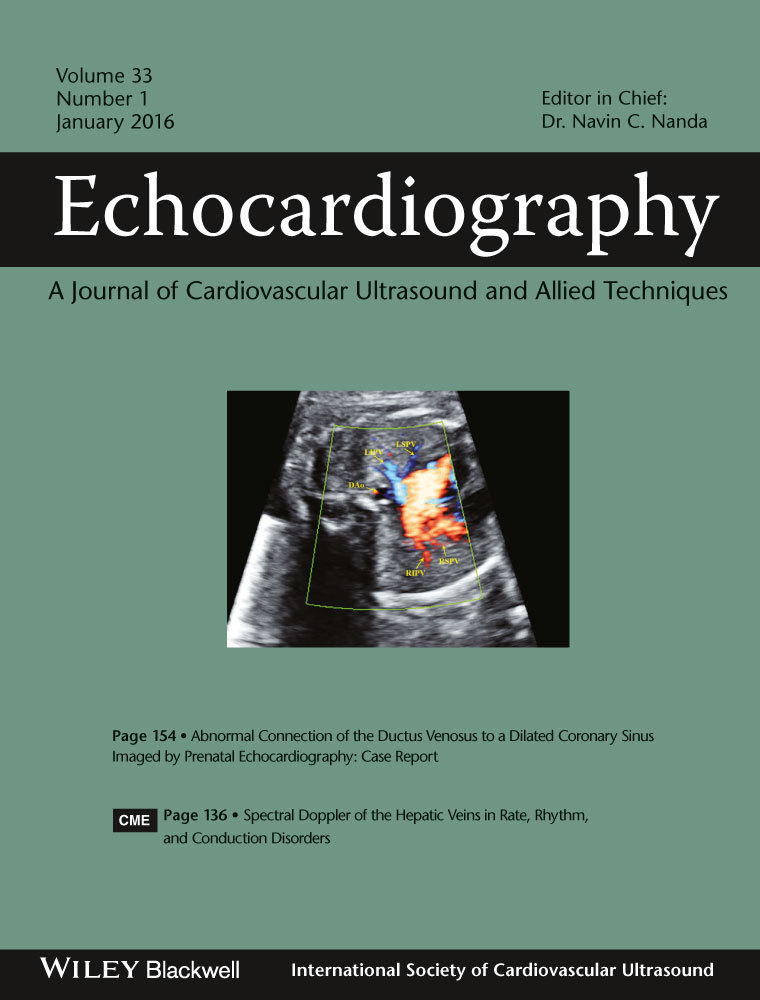Association of Right Atrial Mechanics with Hemodynamics and Physical Capacity in Patients with Idiopathic Pulmonary Arterial Hypertension: Insight from a Single-Center Cohort in Northern Sweden
Abstract
Aims
Role of right atrial mechanics has not been studied in idiopathic pulmonary arterial hypertension (IPAH). We sought to investigate the correlation between the right sided, particularly right atrial mechanics, hemodynamic parameters, and functional capacity prior to initiation of treatment.
Methods and Results
Twenty-five subjects (63 ± 17 years, 13 males) with newly diagnosed IPAH by right heart catheterization (RHC) underwent speckle tracking echocardiography (STE) of the right ventricle (RV) and right atrium (RA). All the patients had a six-minute walk test (6MWD) performed, functional class (WHO-FC) assessed, and plasma NT-proBNP estimated. STE strain imaging of RA and RV was performed offline. STE of the RA myocardium yielded characteristic strain (S%) and strain rate (SR) curves with clear delineation of its reservoir (RA-RS%), conduit (RA-SR E), and booster pump functions (RA-SR A). In IPAH, RHC-obtained pulmonary vascular resistance (PVR) and pulmonary artery systolic pressure (PASP), respectively, were 7.3 ± 5.6 Wood units and 66 ± 24 mmHg. RA-RS% was associated negatively with PVR (r = −0.46; P < 0.05) and positively with stroke volume and cardiac output (all P < 0.05). Both right atrial pressure (RAP) obtained by RHC as well as RA-SR E had significant association with WHO-FC (Multiple R = 0.7; P = 0. 01 and 0.007, respectively). RA strain rate during systole and RAP had significant association with 6MWD (Multiple R = 0.7; P = 0.01 and 0.006, respectively).
Conclusion
Right atrium mechanics not only correlate well with RHC-obtained hemodynamics, but also correlate with functional capacity in treatment-naive IPAH.




